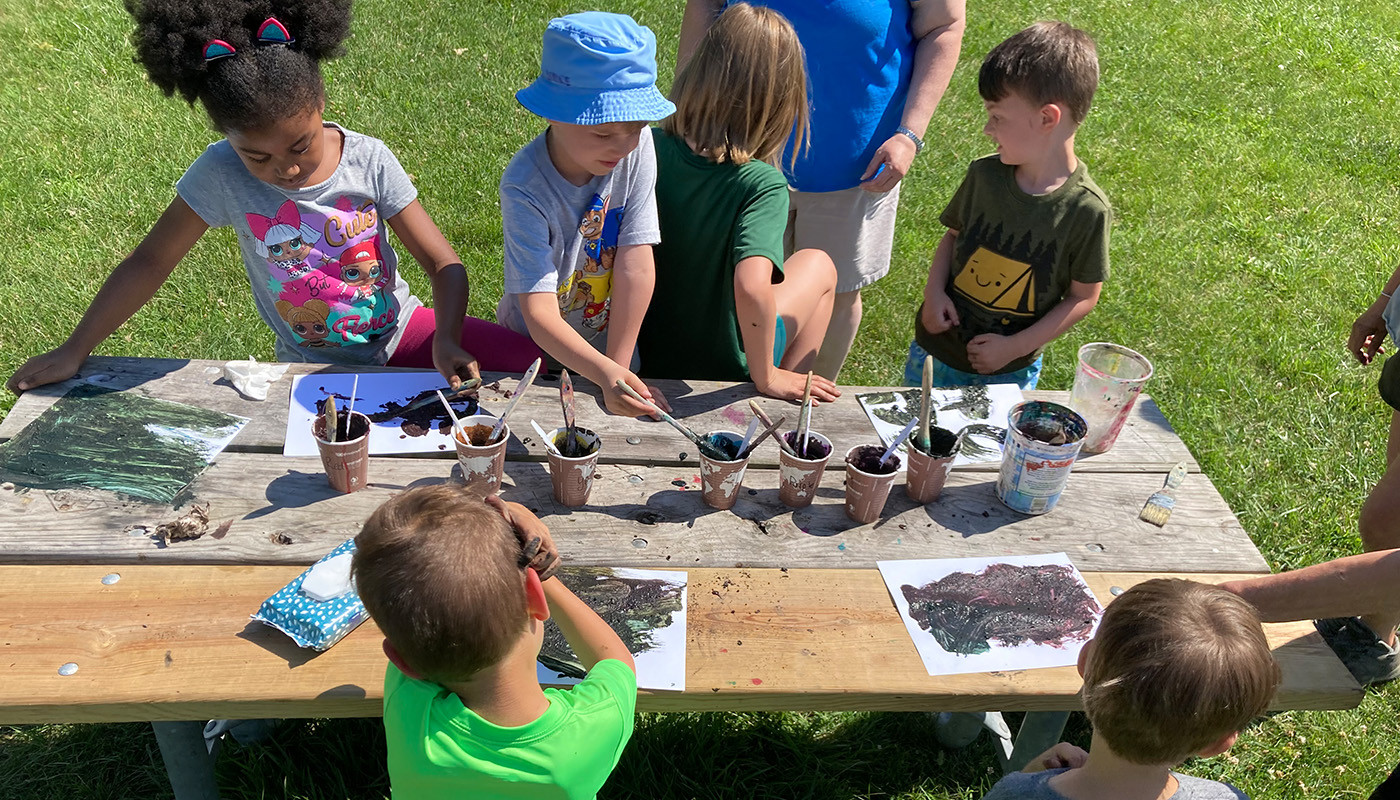Celebrated on June 29 this year, International Mud Day encourages people to indulge in earth’s malleable masterpiece and have fun with this messy mixture!
Mud, a concoction of nature’s alchemy, embodies a versatility that calls for exploration. Picture a squishy combination, damp and earthy, created simply by soil and water. Its color varies among shades of chocolate brown with hints of orange and speckles of vibrant green.
You might be wondering why mud is so important. Read on for some cool facts about mud:
- When mud mixes with other natural things, it becomes soil—a critical need for plants to grow and thrive. Minerals found in mud include calcium, magnesium, potassium, phosphorus, iron, zinc, manganese, copper and selenium.
- Mud contains tiny living things called microorganisms that help break down decomposing plants and animals in the mud, releasing nutrients—like carbon and nitrogen—that plants need to grow big and healthy. As plants absorb these nutrients, they can use them for functions including photosynthesis, growth and reproduction.
- Mud serves as a cozy home for bugs, worms and other small animals. They find shelter and food in the mud, and it keeps them safe.
Mud is not just messy and fun to play with—it’s also important for plants, wildlife and the environment!
See mud on trails?
Muddy trails can easily get damaged and eroded, especially when bikes, horses or large groups of runners use them. To help keep our trails in good shape, we have some tips for trail users:
- Following rainfall, wait to use dirt trails until the mud dries. This is the easiest way to prevent damage.
- If you come across wet spots on the trail, walk through them instead of going around. Going around wet spots can widen the trail and create additional trail problems. While walking through wet spots may not be ideal, it can help protect the trail.
Together, we can keep our trails beautiful and enjoyable for everyone!

